Overview of ABA Therapy
What is Applied Behavior Analysis (ABA) Therapy?
ABA therapy is evidence-based interventions that help individuals learn important skills and reduce challenging behaviors. ABA is most commonly associated with autism, but research supports its effectiveness across different developmental disabilities or behavioral health needs.

Comprehensive vs Focused ABA Therapy
Paragon offers both comprehensive and focused ABA therapy models.. Here’s a comparison:

Comprehensive ABA Therapy
Scope
Covers a broad range of skill areas and targets various domains like communication, socialization, behavior reduction, learning readiness, and daily living skills.
Intensity
Involves a higher number of direct therapy hours per week (30 to 40 hours plus indirect supervision and caregiver training) for more consistent and frequent intervention.
Duration
Provided over an extended period, ranging from several months to years.
Individualized
Treatment plans are highly personalized based on individual strengths, challenges, and goals, with ongoing adjustments based on assessment and data analysis.
Collaboration
Involves collaboration with family, school personnel, and other service providers for an in-depth coordinated approach.

Focused ABA Therapy
Scope
Concentrates on specific skill areas or behaviors, with treatment often directed to current challenges or barriers.
Intensity
This typically involves fewer therapy hours per week (10 to 25 hours), focusing on specific goals in a concentrated manner.
Duration
Often implemented for a shorter period, but it depends on the complexity of the goals and progress made.
Individualized
Treatment plans are highly personalized based on individual strengths, challenges, and goals, with ongoing adjustments based on assessment and data analysis. However, these treatment plans are typically centered around current challenges or barriers.
Collaboration
Collaboration with stakeholders still occurs, but the focus is more concentrated on the targeted goals.
Which one is right for my child?
Both comprehensive and focused ABA therapy services have their advantages and are chosen based on the individual’s needs, goals, and available resources. The decision between the two approaches depends on the assessment of needs and desired outcomes of the intervention. However, research has consistently shown that comprehensive ABA therapy tends to yield the greatest long-term benefits for individuals receiving treatment. The intensive and comprehensive nature of this approach, which includes targeting multiple skill areas and providing a higher number of therapy hours per week, contributes to its effectiveness.
Many studies have demonstrated that individuals who undergo comprehensive ABA therapy for an extended period experience significant and lasting improvements in various domains of functioning. These improvements often extend beyond the duration of therapy, leading to enhanced independence, better quality of life, and increased success in academic and social settings.

Quick Links

Let’s Talk.
Let us know how our team can help support you! Contact us with any questions or to request services in Virginia.



